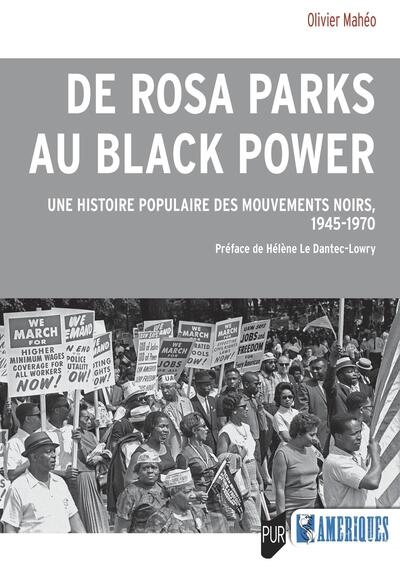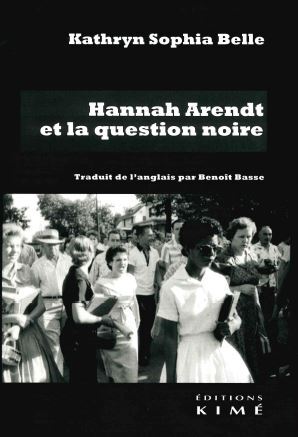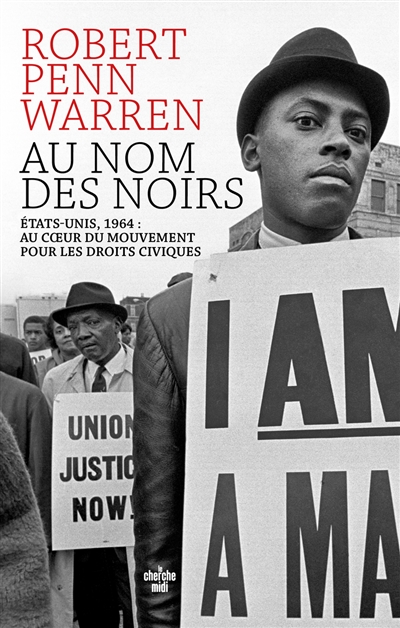par Rodriguez, Marc
Rouledge
2015 -
-
Disponible - 973-46 ROD
Niveau 2 - Histoire
Résumé : Rethinking the Chicano Movement provides anastute and accessible introduction to this vitalgrassroots movement. Bringing together differentfields of research, this comprehensive yet concisenarrative considers the Chicano Movement as anational, not just regional, phenomenon, and places.

 Les bibliothèques de la ville de Paris
Les bibliothèques de la ville de Paris
 Les bibliothèques universitaires
Les bibliothèques universitaires
 La BnF
La BnF
 L'encyclopédie Wikipédia
L'encyclopédie Wikipédia
 L'Encyclopædia Universalis
L'Encyclopædia Universalis
 La bibliothèque du film
La bibliothèque du film
 La médiathèque de la Philharmonie de Paris
La médiathèque de la Philharmonie de Paris













